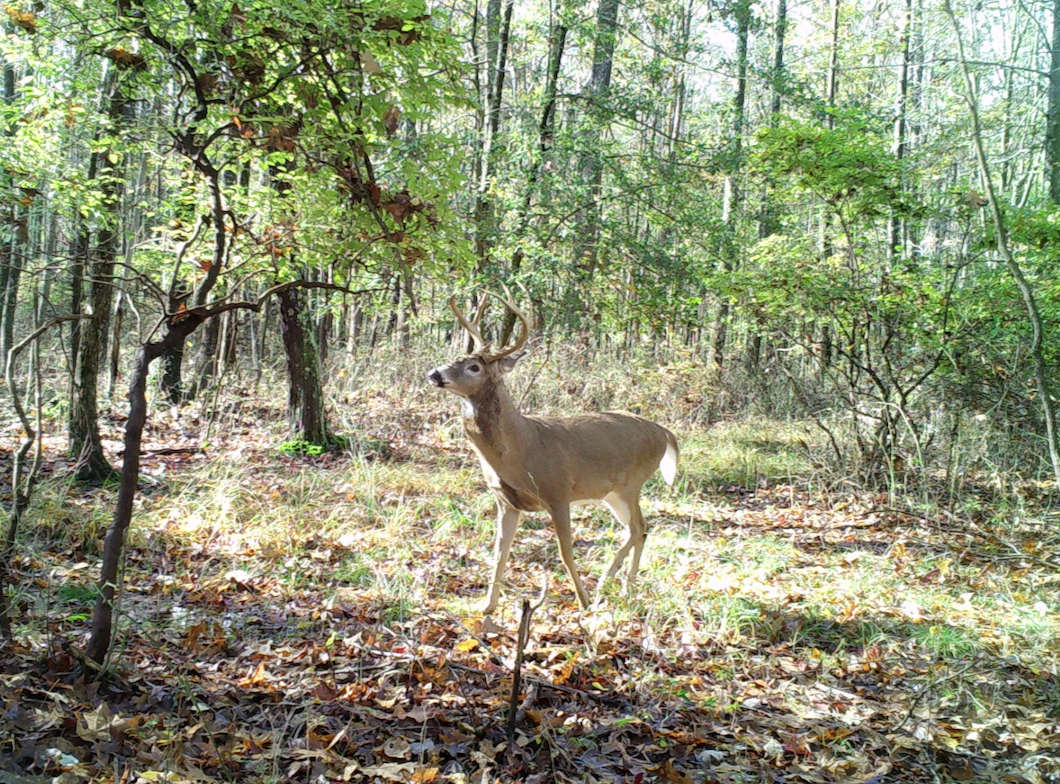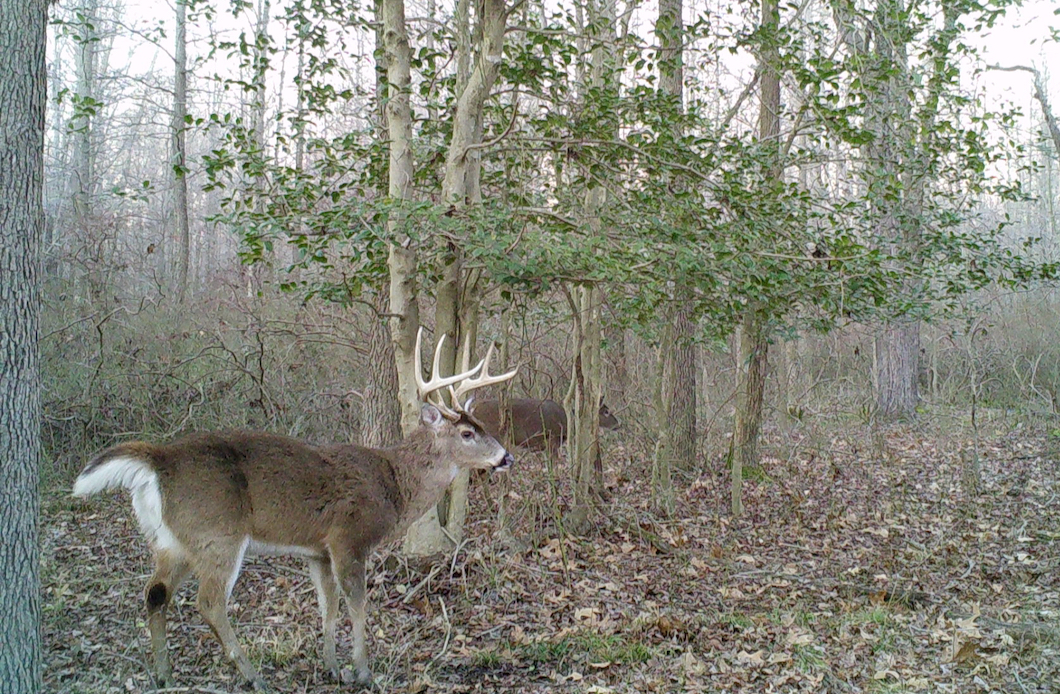I’m a big fan of Indiana Jones (We won’t discuss the disaster that was The Kingdom of the Crystal Skull). In The Last Crusade, the Grail Knight instructs Donovan that he must choose but choose wisely when selecting a grail. When choosing the Holy Grail, you only get one shot…this opportunity comes once in a lifetime. If you’ve seen the movie, you know that Donovan chose poorly.
Making decisions is hard. Mostly because there are a lot of things to consider. Do you know what is even harder? Trying to figure out what decision someone else is going to make. But that doesn’t stop science. Science says, “Challenge accepted.”
How does a hunter decide if and when to harvest a deer? What factors play a role in this decision? And how might that affect deer management? These questions were explored in research recently published.
Hunters’ expectations, motivations, perceptions, and field behavior during the firearm season in Wisconsin were quantified in relation to their selectivity in harvesting an antlered deer. Guess what – most hunters DO NOT take the shot when given the opportunity to harvest a buck. Only about 1/3 of hunters took the shot. 7 of the 10 factors that predicted a hunter’s decision to take a shot were related to personal characteristics revealing just how individual that decision is.

Things like trail camera use, stationary hunting methods, effort spent scouting, and participation during the archery season led to more selective firearm hunting. Also, “lifetime harvest achievement” greatly affected the decision to pull the trigger, which means those hunters who had NOT harvested a large buck in a prior season were 2.5 times more likely to take the shot. So while there may be plenty of bucks available in the population for harvest, only a subset of them is of interest to hunters.
Other influencing factors:
- Hunters became less selective as hunting pressure increased.
- Hunters on public lands were less selective; on private lands more selective.
- When hunters perceived low deer density they were more likely to take the shot but were willing to pass up a buck as population density increased.
- Hunters primarily motivated by filling the freezer were more likely to take a harvest opportunity; but if they were motivated to harvest of a mature buck, they were less likely to take that same opportunity.
All this to say, predicting when a hunter will pull the trigger on a buck is no simple task. And it is painfully obvious that convincing hunters to change their decision points may be near impossible. Given that hunting is used to manage deer populations, this is a problem.
You know what’s a bigger problem? The sole focus on the motivation behind the harvest of antlered deer. As a deer manager, the factors that contribute to a hunter choosing to pull the trigger on a buck is the least of my concerns. Harvesting bucks doesn’t do a thing for managing deer. I want to know what motivates a hunter to pull the trigger on an antlerless deer. That is what affects deer populations. That is deer management.
Pennsylvania’s deer program is centered on the goals of healthy deer, healthy forests, and reducing deer-human conflicts. In practice, we use population estimates to determine trends and calculate antlerless harvests that support those goals. We know how many antlerless deer need to be harvested and issue the appropriate number of licenses to achieve it. With fewer hunters, the motivation of those hunters to not pass up an opportunity becomes critical.
If we wish to continue to manage deer like we have for the last 130 years, we need deer hunters, not antler hunters. And the more we focus on antlered deer being the prize (and antlerless deer being an afterthought), the closer we come to an unusable (Broken? Useless? Antiquated?) management tool. Choose wisely.
-Jeannine Fleegle
Wildlife Biologist
PA Game Commission
*If you are a first-time commenter on the blog, your post will not appear until it has been approved by the moderator. This is to prevent spam overwhelming us. If you do not see your post within 24 hours, please email us at deerforeststudy@gmail.com
